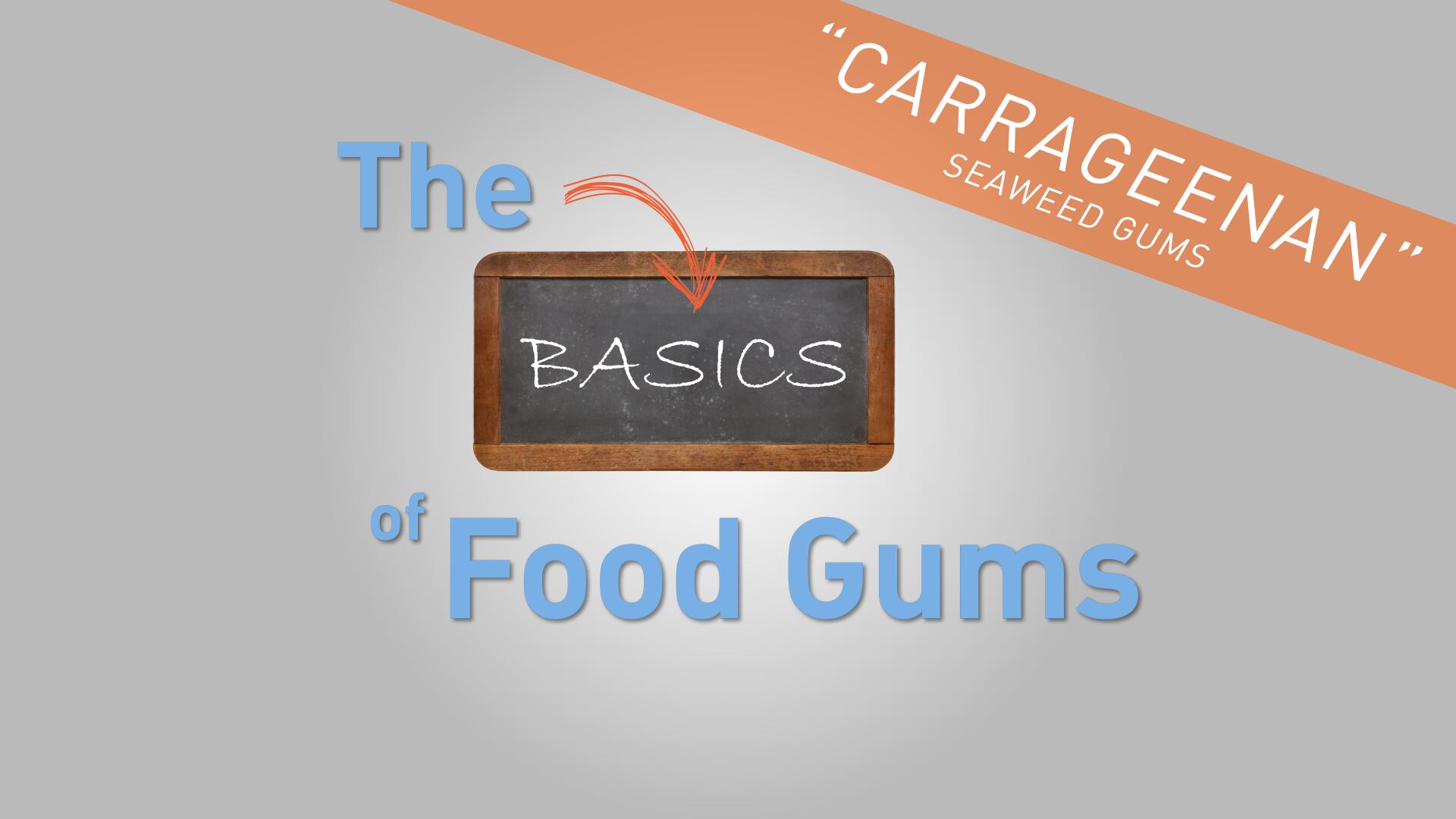Over the past decade, more and more ingredients that have been widely used in the packaged food and beverage industry are appearing on blacklists.
From partially hydrogenated oils to genetically modified crops, some are higher up the consumer's radar, while others not so much. When Stouffer’s recently announced its decision to drop several ingredients, the company's decision was driven by a 'Kitchen Cupboard' initiative, which means that it wanted to keep out ingredients consumers normally won't stock in their kitchen cupboard.
The initiative's pilot product was the brand's 'Meat and Sauce' frozen lasagna, which is now free from autolyzed yeast extract, bleached wheat flour, dextrose, and carrageenan.
Upon reading this announcement, a spokesperson from BioSpringer, a company that started producing yeast for food preparation over 140 years ago in France, was intrigued by yeast extract's removal. Marilyn Stieve, BioSpringer’s marketing manager, told FoodNavigator-USA that the ingredient has been used in the food industry for at least a century to add a savory flavor to food.
“In Europe they’re actually labeled as natural flavors,” Stieve said about yeast extracts, which are essentially inactive yeast. “What we do is we ferment yeast and we ferment the same strains we would to make bread,” she added.
Also out from Stouffer’s flagship product is carrageenan, which continues to be trapped in a tug-of-war between two camps on whether or not there is need to be concerned about the ingredient.
Consumer concern about the word 'autolyzed'
While carrageenan is often used to create a creamy mouth-feel, autolyzed yeast extract is used to both add a sense of thickness and create a savory flavor. Some critics, such as Dr. Mercola, argue that the latter is just MSG in disguise, while others argue that it’s not, hence Whole Foods stocks products with yeast extract but not MSG.
For those who are curious, Stieve explained how autolyzed yeast extract is made: After fermentation, yeast is heated up to help breakdown the cell walls (Stieve likens it to cracking an egg) to get the umami-flavored extract inside. In some cases ingredient makers will rely on the yeast cell’s own enzymes to help break it down, while other times enzymes extracted from papaya will be added.
As brands move to reformulate their products and create an ingredients list that consumers can pronounce, BioSpringer conducted an extensive survey to see how consumers perceive autolyzed yeast extract, which is another way of saying yeast extract that has been broken down by the yeast’s own enzymes.
“It’s simply a misunderstanding,” Stieve said. “This is very clear to us from our focus group that we conducted in December of last year—unfortunately in today’s world, consumers just don’t understand the word ‘autolyzed,’ which is basically the self-digestion of the yeast. It’s a complete misunderstanding—US consumers don’t like words they don’t understand.”
In fact, autolyzed yeast can be found in many kitchen cupboards, mainly in the UK, Australia, South Africa, and New Zealand, in the form of spreads like Vegemite and Marmite, typically made out of leftover brewer’s yeast extract with various spices. This misunderstanding perfectly reflects the complexity of the continuing food industry debate on how to define ‘clean label,’ ‘natural,’ or ‘kitchen cupboard’ beyond marketing speak.
BioSpringer’s survey continued this summer, when it partnered with a Washington D.C.-based polling firm. “It was conducted back in June 2016—it was a phone interview. We chose to do that as opposed to an internet survey company because we were told that the statistical soundness of a phone interview was much higher, you get better quality data even though it’s more expensive,” she said.
From this survey, they found that Baker’s Yeast Extract, an alternative labeling term which the FDA allows for the ingredient, was perceived most favorably by the respondents. “That’s why we don’t recommend brands to label with ‘autolyzed,’ it’s confusing to consumers.”
Food Labeling: Beyond the wording choice on an ingredients list
While consumer perception on yeast extract may be simply modified by how it’s labeled, carrageenan doesn’t enjoy the same flexibility.

Hydrocolloid manufacturer TIC Gums did not comment on what it thought about carrageenan’s unpopularity and removal from products, but TIC Gums food technologist Lauren Schleicher told FoodNavigator-USA that “carrageenan is responsible for a distinct set of textural attributes such as mouth coating and viscosity for which there is no 1:1 replacement.”
She added that the company continues to develop and identify “identify gum properties that produce a similar effect to that of carrageenan and can recommend the best individual hydrocolloid or blend to meet customer needs.”
In addition to developing carrageenan alternatives, the company has also launched a video series aimed to educate consumers on what gums are, all available on its YouTube channel TIC Gum Guru.
“The fourth installment in the series, Carrageenan, Agar & Alginate: Seaweed Extracts, introduces carrageenan and addresses some of the concerns the public may have around these types of hydrocolloids,” Dan Grazaitis, technology manager, beverages, at TIC Gums, told FoodNavigator-USA. “Other episodes highlight gums produced from tree saps, roots and fermentation thus explaining the sources and functionalities of various types of hydrocolloids.”
